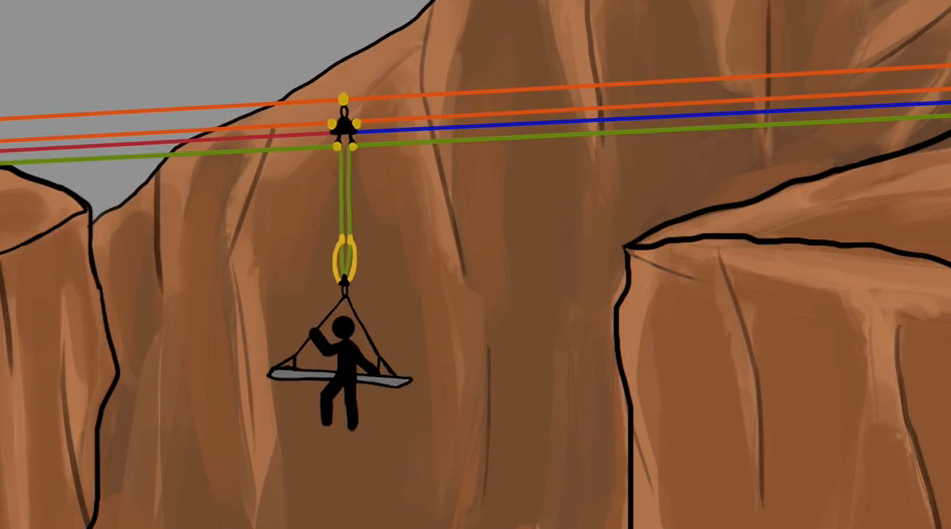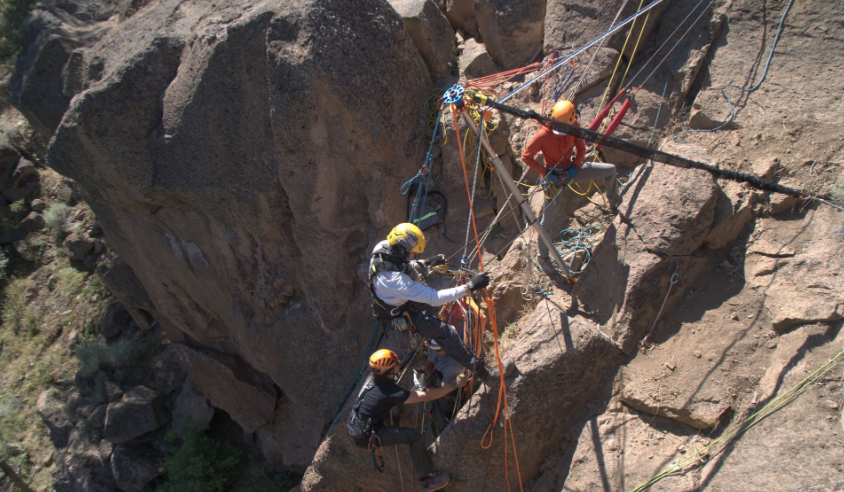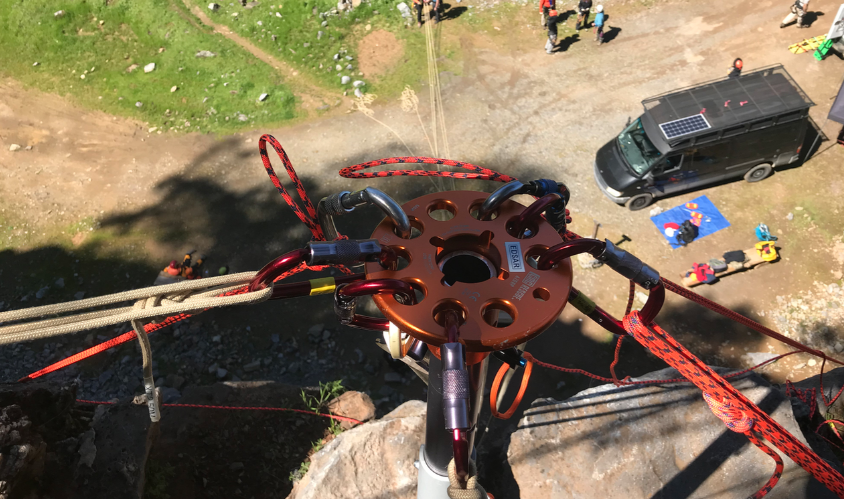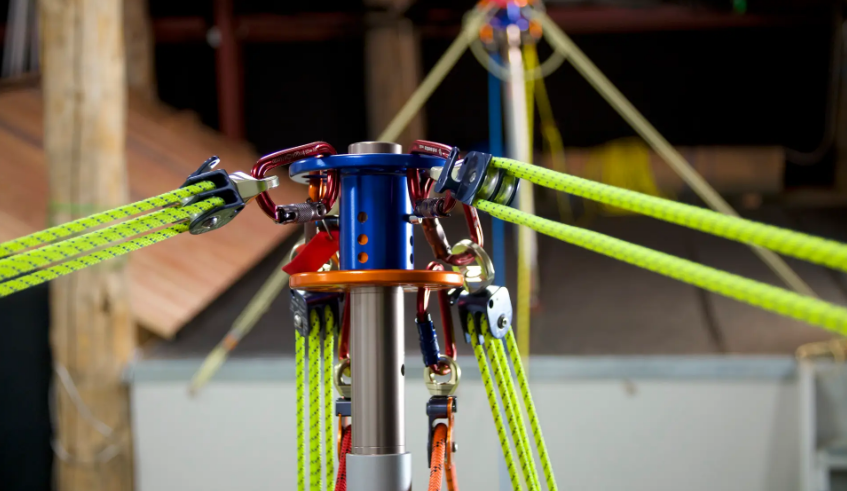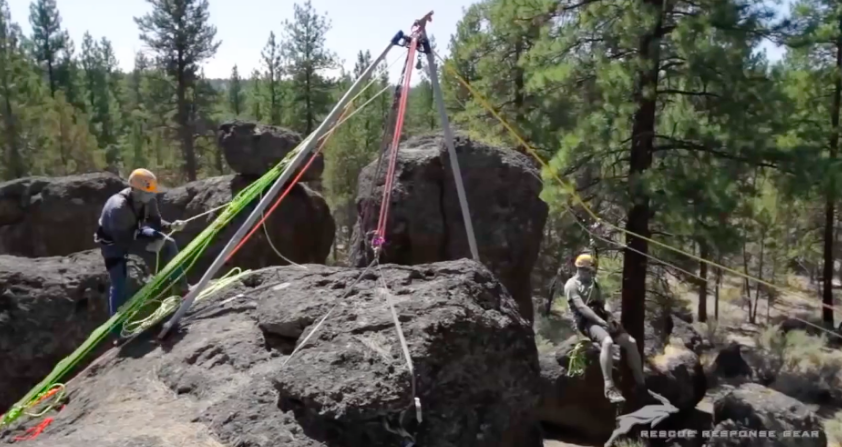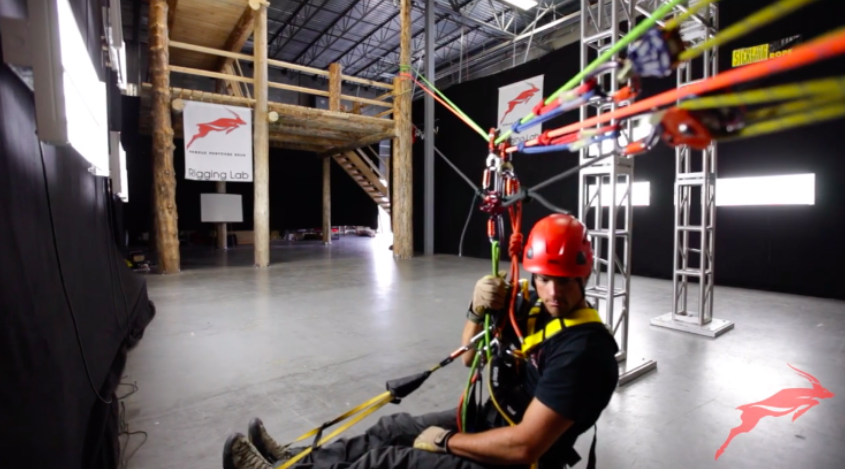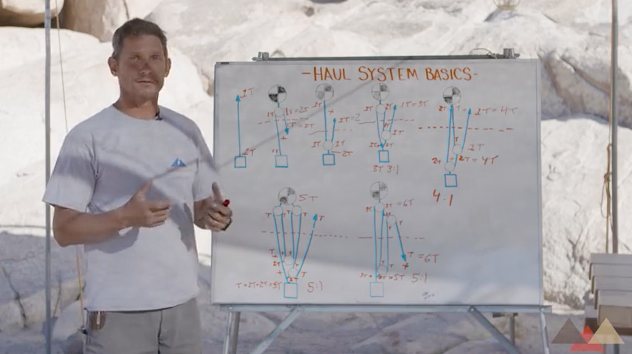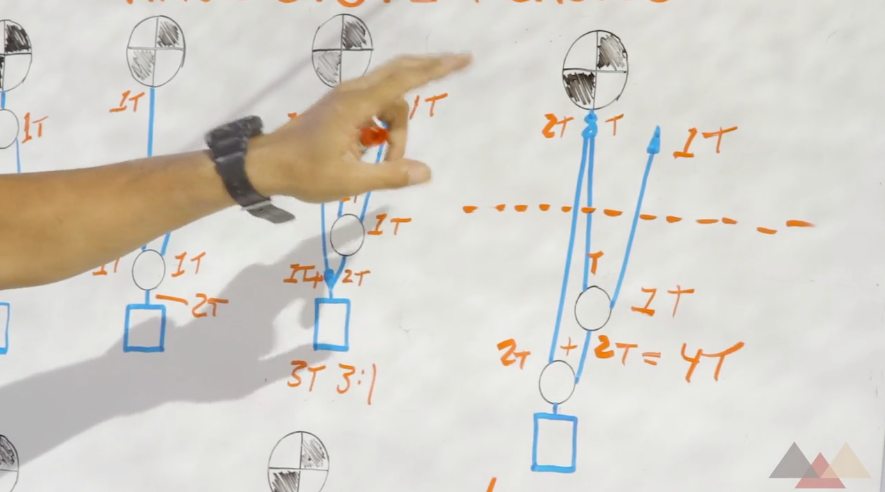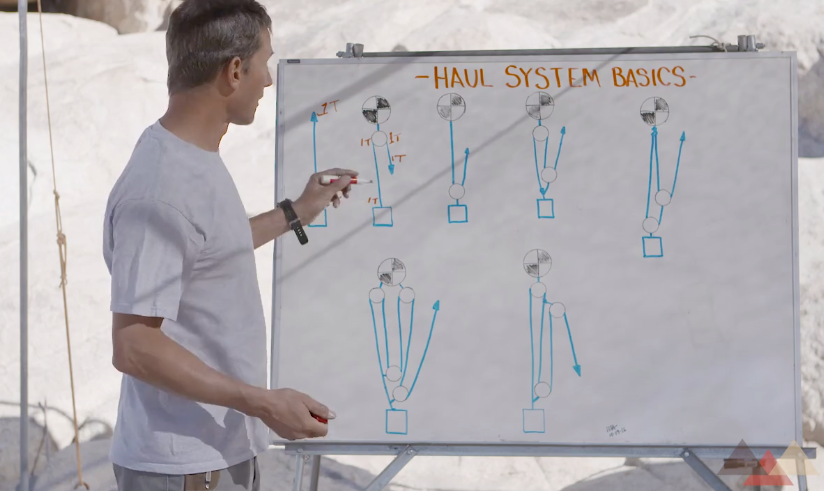English Reeve: Control Side & Carriage System Highline Systems
We’re back here at the lab, and this is a continuation of what we’ve done, the past couple of days with high lines. In quick review, We had, and we built the track line, and we had the control line for our basic high line system. Now what we’ve added to it is a third …
English Reeve: Control Side & Carriage System Highline Systems Read More »

